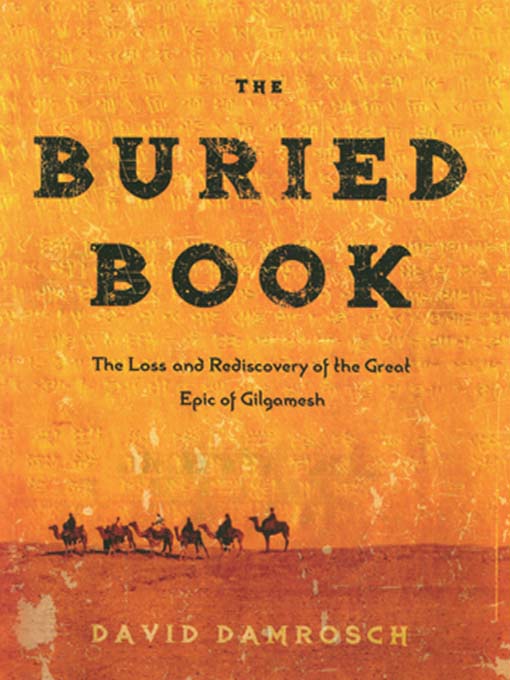
The Buried Book
The Loss and Rediscovery of the Great Epic of Gilgamesh
کتاب های مرتبط
- اطلاعات
- نقد و بررسی
- دیدگاه کاربران
نقد و بررسی

For a lost book, the ancient epic of GILGAMESH, which tells of a flood similar to the one in the biblical story of Noah, has certainly had its influence on modern culture, even as an inspiration for the writing of Saddam Hussein. David Damrosch introduces listeners to George Smith, who realized the significance of some broken tablets, and then examines the history of the epic and the legendary king of Sumeria, Gilgamesh. William Hughes reads with a lively tone that makes the story of the epic's rediscovery as exciting as the epic itself, drawing readers into the lives and ambitions of Smith, who gradually grew into the role of archaeological explorer, and Hormuzd Rassam, who continued Smith's work after his death. J.A.S. (c) AudioFile 2008, Portland, Maine

Starred review from November 20, 2006
In the tradition of Edmund Wilson, Columbia literature professor Damrosch unearths the first great masterpiece of world literature: the ancient epic of the legendary Sumerian king Gilgamesh. Several copies of a largely complete version of the 4,000-year-old poem, which follows Gilgamesh on a heroic quest for immortality as he seeks out a survivor of a major deluge, were part of the great library assembled at the palace of Nineveh by the Assyrian king Ashurbanipal, who ruled from 669 B.C. and sought ancient texts to guide him in ruling after his brother's disastrous rebellion. After Nineveh was sacked in 612 B.C., the Gilgamesh epic was forgotten for more than 2,000 years until archeologists Austen Henry Layard and Hormuzd Rassam uncovered the library and shipped 100,000 clay tablets and fragments to the British Museum in the 1840s and '50s. There, in 1872, assistant curator George Smith decoded the cuneiform writing and Akkadian language and discovered that the epic offered a controversial earlier version of the biblical flood account. Damrosch's fascinating literary sleuthing will appeal to scholars and lay readers alike as they ponder the intricacies of cuneiform, the abuses heaped on the Iraqi Rassam and the working-class Smith by the Victorian class system, and recent Gilgamesh-inspired novels by Philip Roth (The Great American Novel
) and Saddam Hussein.

























دیدگاه کاربران